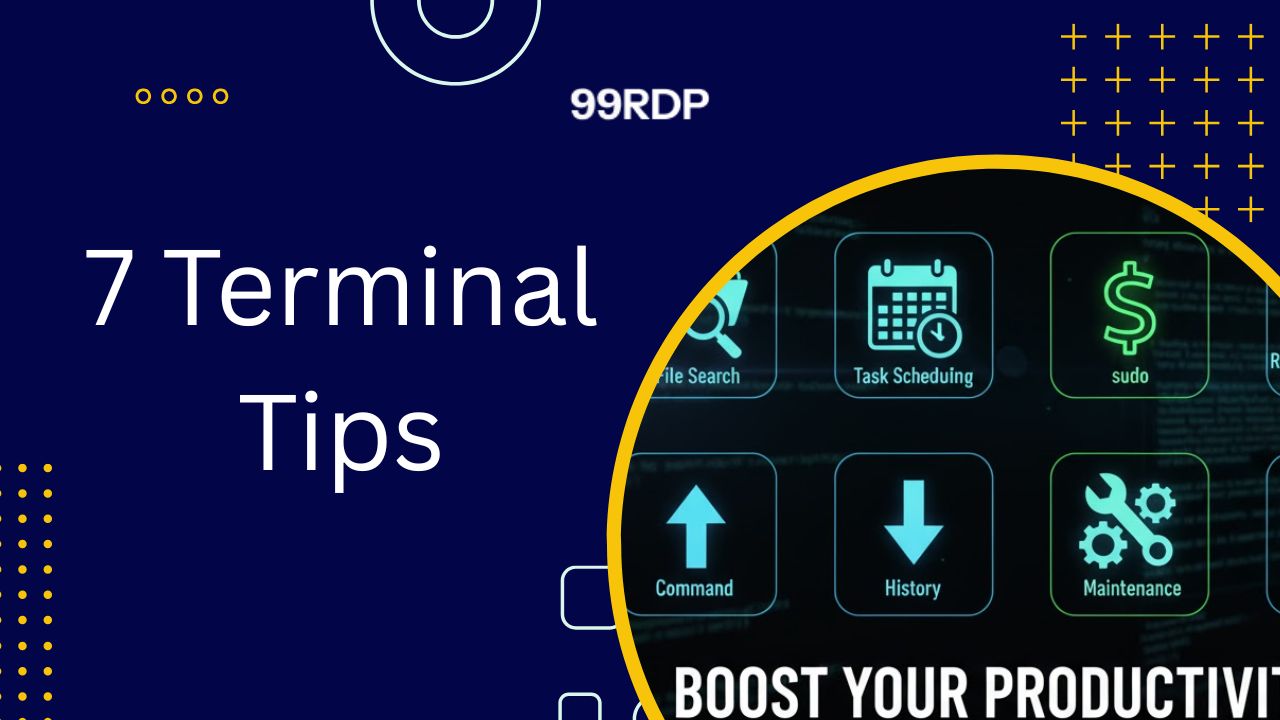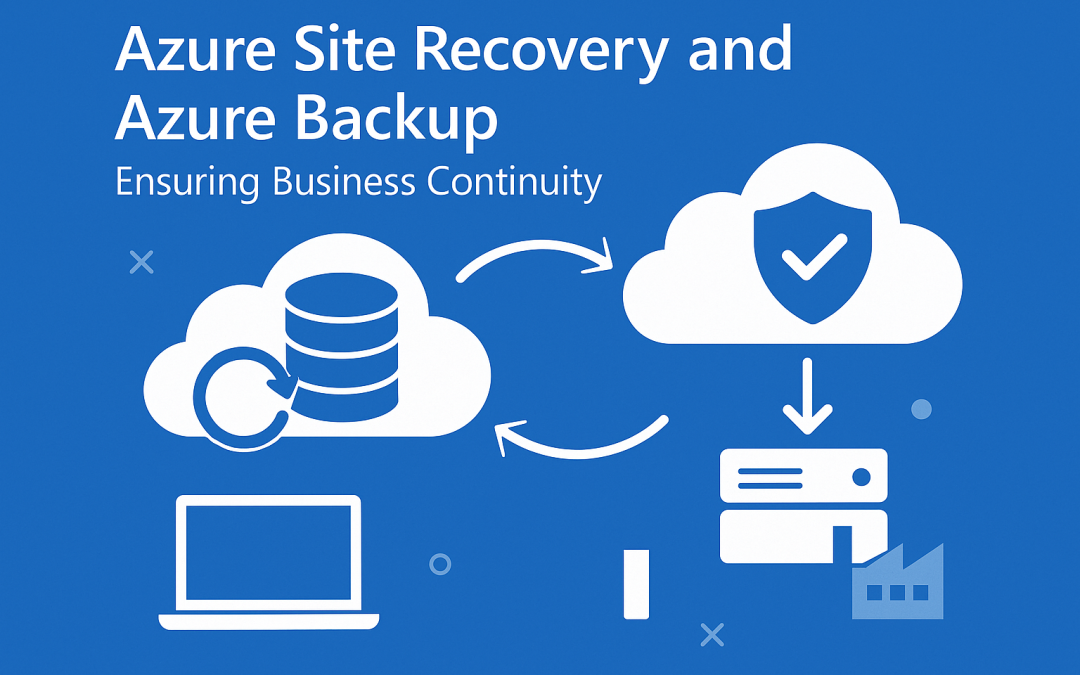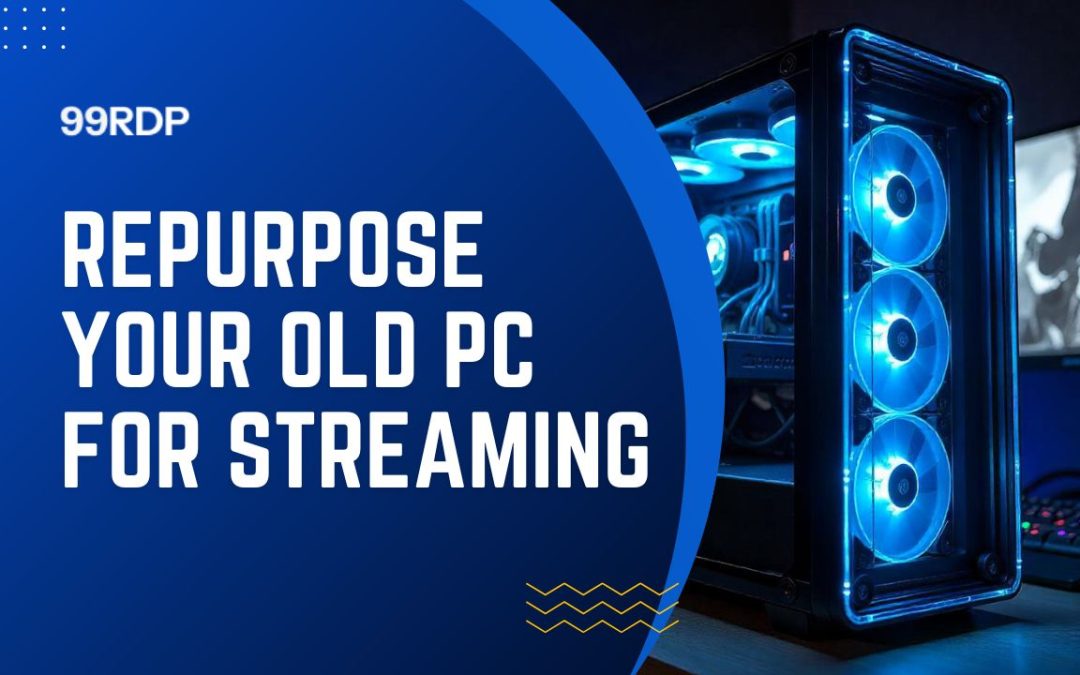Multi-Kernel Linux v2
The Linux community has always been the epicenter of innovation in open-source computing — from containerization to virtualization, and now, to the multi-kernel era. The second version of the multi-kernel Linux patches (v2) is a major leap toward enabling multiple independent kernel instances to run simultaneously on a single physical machine.
This advancement could completely transform how cloud servers, remote desktops, and virtualized workloads operate — bringing stronger isolation, better performance, and optimal resource utilization. For modern infrastructure providers like 99RDP, this innovation aligns perfectly with their commitment to speed, reliability, and cutting-edge technology.
Let’s dive deep into how the multi-kernel revolution works, its real-world implications, and why 99RDP is the ideal platform to experience these advancements.
Understanding the Multi-Kernel Concept

Traditionally, every Linux system runs on a single kernel — the core component that manages processes, memory, and hardware communication. The multi-kernel patch introduces a breakthrough idea: running multiple independent kernel instances concurrently on the same hardware.
This means different parts of your hardware — CPU cores, memory sections, and devices — can be assigned to separate kernels. Each instance can handle distinct workloads without interfering with others.
In simpler terms, one machine could now act as multiple specialized systems running in perfect isolation but still sharing physical resources efficiently.
Why Multi-Kernel Linux v2 Matters
The v2 patch isn’t just a research experiment. It’s an optimized and well-engineered design that enhances scalability and control across high-performance servers. Let’s look at what makes it so impactful:
1. Resource Optimization
Instead of splitting resources through containers or hypervisors, multi-kernel setups distribute physical resources at the kernel level. This removes virtualization overhead and improves efficiency.
With 99RDP’s high-performance dedicated servers, such resource isolation could help maximize every bit of CPU and memory power. Businesses using Rendering RDP or GPU RDP can allocate dedicated cores and GPUs for rendering tasks, ensuring faster execution without cross-process interruptions.
2. Improved Fault Isolation
In a traditional system, a kernel crash can bring down the entire server. Multi-kernel Linux introduces fault isolation — if one kernel instance fails, others continue running smoothly.
This model aligns with 99RDP’s reliability standards, where uptime and consistency are non-negotiable. Whether you’re managing Admin RDP sessions or handling critical cloud applications, such isolation guarantees higher resilience and zero service interruptions.
3. Real-Time and Specialized Workload Handling
Multi-kernel setups enable running real-time workloads on specific cores while general workloads run elsewhere. Imagine dedicating a kernel solely to low-latency tasks like live streaming or AI inference.
99RDP’s Streaming RDP and AI-ready GPU servers can leverage this future capability to deliver smoother frame rates, faster rendering, and lower latency. When coupled with 99RDP’s 10 Gbps uplink speeds and NVMe SSDs, the results could be groundbreaking.
4. Better Security through Hardware-Level Separation
Unlike containers that depend on namespaces or cgroups, multi-kernel systems offer hardware-enforced separation. Each kernel operates in its own memory space, reducing the risk of cross-instance vulnerabilities.
For users managing confidential workloads, financial transactions, or development environments on 99RDP’s Admin RDP or Private VPS, this feature adds an additional layer of protection.
What It Means for the Future of Virtualization and Remote Access
The multi-kernel model doesn’t aim to replace virtualization — it complements it. Instead of using a hypervisor to manage VMs, each kernel instance could independently host containers, virtual machines, or desktop sessions.
This could redefine how remote desktop environments (RDP) are deployed:
- Each client session can run under its dedicated kernel for complete isolation.
- GPU rendering kernels can be separated from general compute workloads.
- Performance bottlenecks due to shared kernel scheduling could be eliminated.
This is where 99RDP’s infrastructure excellence shines. With its globally distributed servers, full admin access, unlimited bandwidth, and top-tier CPUs like AMD Ryzen and EPYC, 99RDP already delivers the power needed to support such next-generation Linux architectures.
How 99RDP Embodies the Multi-Kernel Philosophy

The philosophy behind multi-kernel Linux — efficiency, control, and reliability — mirrors 99RDP’s approach to remote computing. Here’s how 99RDP’s services align naturally with this innovation:
1. Dedicated Servers with Raw Power
99RDP’s Dedicated RDP plans feature high-core CPUs, large RAM capacities, and 10 Gbps uplinks. These configurations can easily support isolated kernel instances for heavy workloads like rendering, 3D modeling, or multi-user environments.
2. GPU RDP for Intensive Compute Tasks
With the growing demand for machine learning, AI, and video rendering, 99RDP’s GPU RDP delivers professional-grade performance. Multi-kernel support could allow dedicated GPU kernels, minimizing scheduling conflicts and enhancing performance consistency.
3. Rendering and Streaming RDP Solutions
For creators, streamers, and developers, multi-kernel Linux offers the promise of dedicated rendering kernels with guaranteed bandwidth. When combined with 99RDP’s optimized network and NVMe storage, users can achieve smoother streaming and faster exports.
4. Full Admin Control
99RDP provides full administrative access across all its RDP plans, allowing developers to test new kernel configurations, experiment with multi-kernel patches, and tune system performance without restriction.
5. Global Availability & Scalability
99RDP’s servers span multiple data centers across the USA, Europe, and Asia. With low latency and robust connectivity, users can deploy multi-kernel workloads closer to their client base — achieving faster access and better responsiveness.
Strategic Advantages for Businesses and Developers

- Future-Proof Infrastructure: As multi-kernel Linux matures, having access to high-performance dedicated servers from 99RDP ensures your systems are ready for next-gen computing models.
- Predictable Performance: Workloads can be isolated per kernel, reducing the noisy-neighbor problem common in shared environments.
- Enhanced Security: Hardware-level isolation provides superior data integrity and security.
- Low-Latency Execution: Real-time workloads benefit from kernel-level optimization, ideal for streaming, gaming, or AI applications hosted on 99RDP servers.
- Custom Configuration Flexibility: With full admin rights and customizable plans, 99RDP users can experiment with emerging kernel-level architectures easily.
Preparing for the Future
Although multi-kernel Linux is still under review, its potential is undeniable. It marks a shift toward more resilient, efficient, and secure computing environments. For businesses, developers, and researchers, now is the perfect time to partner with an infrastructure provider that understands high-performance workloads.
99RDP stands out not just as an RDP service provider, but as a future-ready technology partner. Its dedication to high-speed connectivity, modern hardware, and global reach ensures users are well-prepared for the upcoming Linux multi-kernel revolution.
Final Thoughts
The Multi-Kernel Linux v2 architecture is a glimpse into the future of system design — where each workload operates with surgical precision and maximum performance. As this innovation evolves, businesses and professionals relying on virtualization and remote desktops will experience a new era of efficiency and control.
By combining these advancements with 99RDP’s cutting-edge RDP, GPU, and Dedicated Server solutions, users can build an ecosystem that’s faster, more secure, and prepared for the Linux revolution ahead.
Whether you’re a developer experimenting with kernel-level features, a creative professional managing GPU workloads, or a business seeking reliable cloud infrastructure — 99RDP gives you the platform to power the next generation of computing.
EXPLORE MORE; GPU-Accelerated Terminals in 2025: Rio Terminal + 99RDP
READ OUR BLOGS





